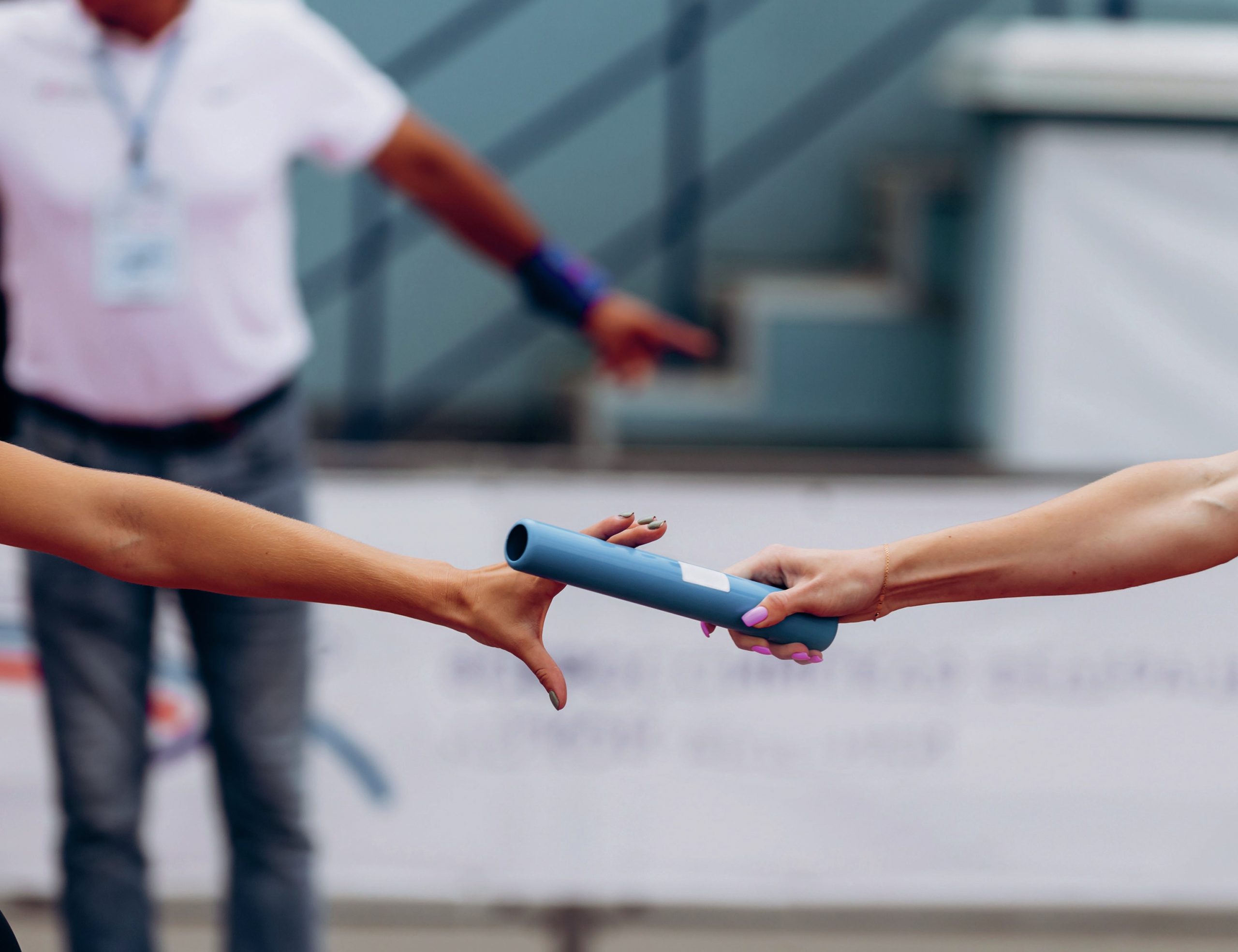
Most researchers agree that there has been a recent growth in the numbers of girls playing sport. There is a recent improvement, too, in media coverage devoted to females involved in sport in the UK, and perhaps in other parts of the Western world too. In 2015 it was estimated by a Sport England study that women’s sport made up only 7% of all sports media coverage in the UK. But it has been argued that from around 2012 women’s sport has slowly begun to be taken more seriously by the mainstream media in Britain (Petty and Pope 2019). But why is this date argued to be such an important moment for change in this respect?
You might recall that 2012 was the year that London hosted the Olympic Games. Research suggests that the Olympics is one of those very few occasions when men and women briefly achieve near equal public billing in sport. This is because during the short period of the Olympics, national identity usually trumps gender identity in terms of numbers of men and women involved, athletic performance, media coverage and the symbolism of successful athletes (Wensing and Bruce 2003). In 2012 there were 542 athletes in the GB team, some 262 (48%) of whom were female. Jessica Ennis-Hill and Mo Farah were almost equally lauded as gold medal Britons, and GB women involved in Olympic sports received much more coverage than that usually afforded women in sport outside the Olympic period.
Your organisation does not have access to this article.
Sign up today to give your students the edge they need to achieve their best grades with subject expertise
Subscribe




